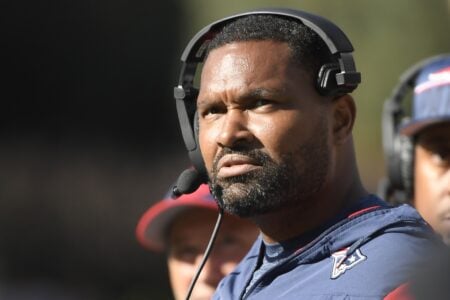primetime
Pro Bowl Player
- Joined
- Jun 15, 2005
- Messages
- 13,627
- Reaction score
- 15,375
That's not the way probability works, though. Observed probabilities are a sample, and a sample based on a basket of situations which is in no way representative of the entire host of situations. So we need to have a confidence interval, and we can only be certain that the true probability falls within a certain range. With as limited a sample as 2 point conversions are, it's a wide interval that's only mathematically usable in a certain context (since the sample itself contains very few instances, say, where it's a second 2 point attempt in a given game).
That 47% isn't a certain number, despite the seeming belief that it is since it is based on observation. It's a number that represents a center of an interval in which we can be reasonably certain that the real probability lies, with the real probability here representing only cases where all else such as quarterback and offense is held equal under a normal range of assumptions.
I'm not arguing that the conclusion is wrong, by the way, just pointing out that it not as straightforward as multiplying simple probabilities by other simple probabilities.
That 47% isn't a certain number, despite the seeming belief that it is since it is based on observation. It's a number that represents a center of an interval in which we can be reasonably certain that the real probability lies, with the real probability here representing only cases where all else such as quarterback and offense is held equal under a normal range of assumptions.
I'm not arguing that the conclusion is wrong, by the way, just pointing out that it not as straightforward as multiplying simple probabilities by other simple probabilities.



















